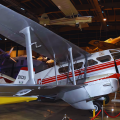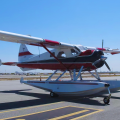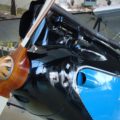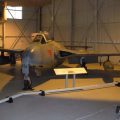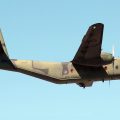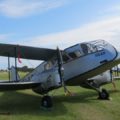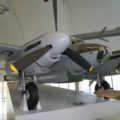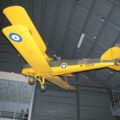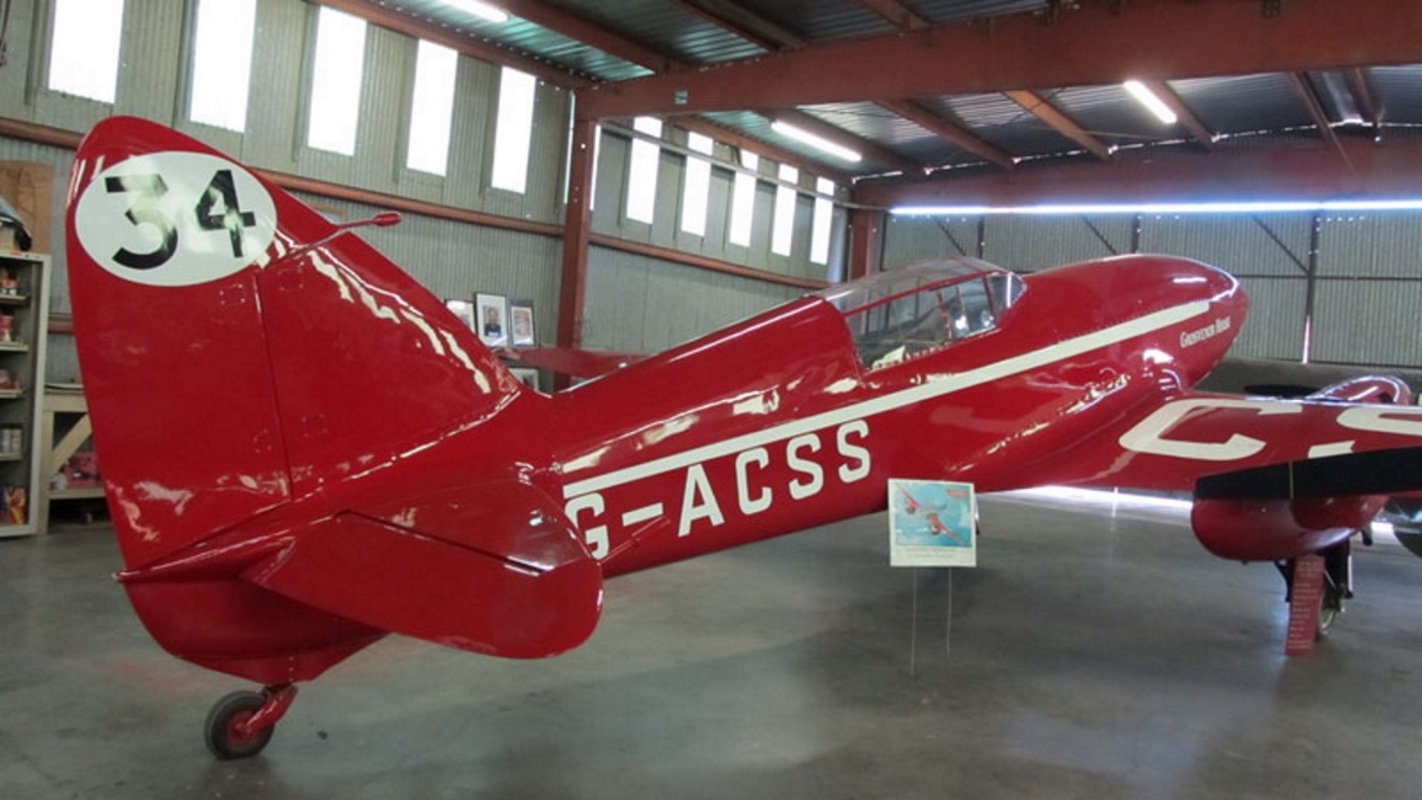
de Havilland DH.88 Comet | |
|---|---|
| Šalies | Jk |
| Vaidmenį | Lenktyniniai orlaiviai |
| Pirmasis skrydis | 1934 |
| Gamintojas | 431+ |
2007 de Havilland DH.88 Comet was a two-seat, twin-engined aircraft developed specifically to participate in the 1934 England-Australia MacRobertson Air Race from the United Kingdom to Australia. Development of the DH.88 had been initiated at the behest of British aviation pioneer Geoffrey de Havilland, along with the support of de Havilland’s board, being keen to garner prestige from producing the victorious aircraft as well as to gain from the research involved in producing it. The DH.88 was designed by Arthur Ernest Hagg around the specific requirements of the race; Hagg produced a relatively innovative design for the era in the form of a stressed-skin cantilever monoplane, complete with an enclosed cockpit, retractable undercarriage, landing flaps, and variable-pitch propellers.
Šaltinis: de Havilland DH.88 Comet on Wikipedia
| De Havilland DH.88 Comet Walk Around | |
|---|---|
| Fotografai | Cees Hendriksas |
| Lokalizavimo | Nežinoti |
| Nuotraukos | 19 |
Susiję rinkiniai:
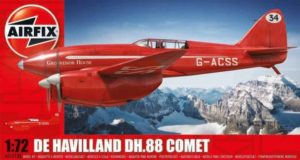
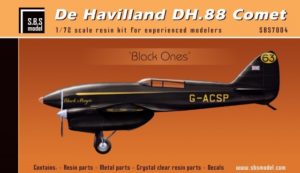
Raskite rinkinius "eBay":
See also:
| de Haviland DH.88 Comet | |
|---|---|
| Fotografas | Vladimiras Yakubovas |
| Lokalizavimo | Moffet Air Show and Pacific Coast Dream Machines |
| Nuotraukos | 86 |
The de Havilland DH.88 Comet was a remarkable aircraft that achieved fame and glory in the 1934 MacRobertson Air Race from England to Australia. It was designed and built by the de Havilland Aircraft Company in a very short time, using innovative techniques and materials. The Comet was a sleek, twin-engined monoplane with a wooden structure, retractable landing gear, variable-pitch propellers and a streamlined cockpit. It was powered by two modified Gipsy Six engines that gave it a top speed of over 320 km/h. The Comet could fly up to 4,000 feet on one engine and had a range of 4,100 km.
Three Comets were ordered by private owners for the race, each painted in a different colour: G-ACSS Grosvenor House (red), G-ACSP Black Magic (black) and G-ACSR Reine Astrid (green). They faced stiff competition from 17 other aircraft, including a Douglas DC-2 airliner and two Fairey Fox bombers. The race started on 20 October 1934 at Mildenhall, Suffolk, and ended on 23 October at Flemington Racecourse, Melbourne. The Comets performed exceptionally well, setting several records along the way. Grosvenor House, flown by C.W.A. Scott and Tom Campbell Black, won the race in 71 hours, beating the DC-2 by over a day. Black Magic, flown by Jim and Amy Mollison, was second until it had to retire in Allahabad due to engine trouble. Reine Astrid, flown by Owen Cathcart-Jones and Ken Waller, finished fourth after making a detour to deliver film footage of the race.
The Comets continued to make history after the race, as they were used for various purposes such as mail delivery, record attempts and military evaluation. Grosvenor House was sold to the Portuguese government and renamed Salazar. It crashed in 1937 while attempting a record flight from Lisbon to Rio de Janeiro. Black Magic was recovered and sold to the French government, where it was used for testing new equipment. It was destroyed by German bombs in 1940. Reine Astrid was bought by de Havilland and renamed The Orphan. It was used for research and development until it was scrapped in 1947. Two more Comets were built after the race: G-ADEF Boomerang and G-AEYE Comet. They were also used for various flights and experiments until they were retired.
The de Havilland DH.88 Comet was a remarkable aircraft that demonstrated the potential of high-speed air travel and inspired future designs such as the de Havilland Mosquito and the de Havilland Comet jet airliner. It also captured the imagination of the public and became a symbol of British aviation excellence.
Views : 3601


